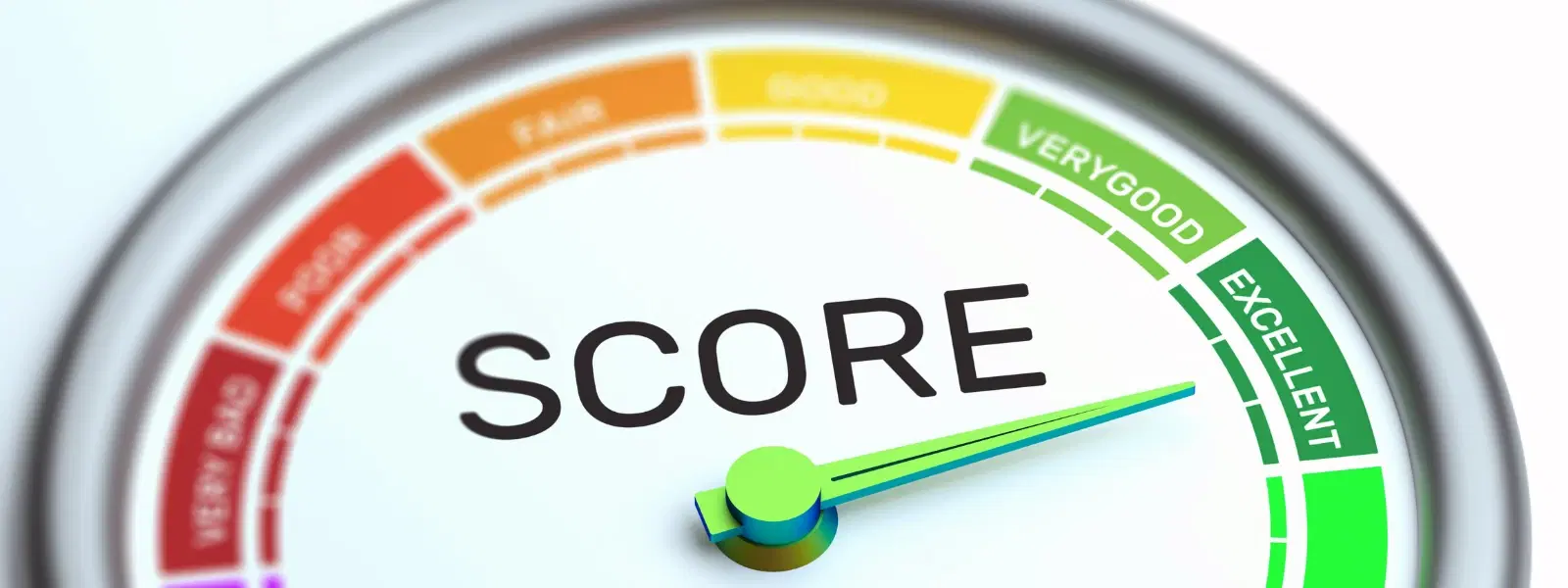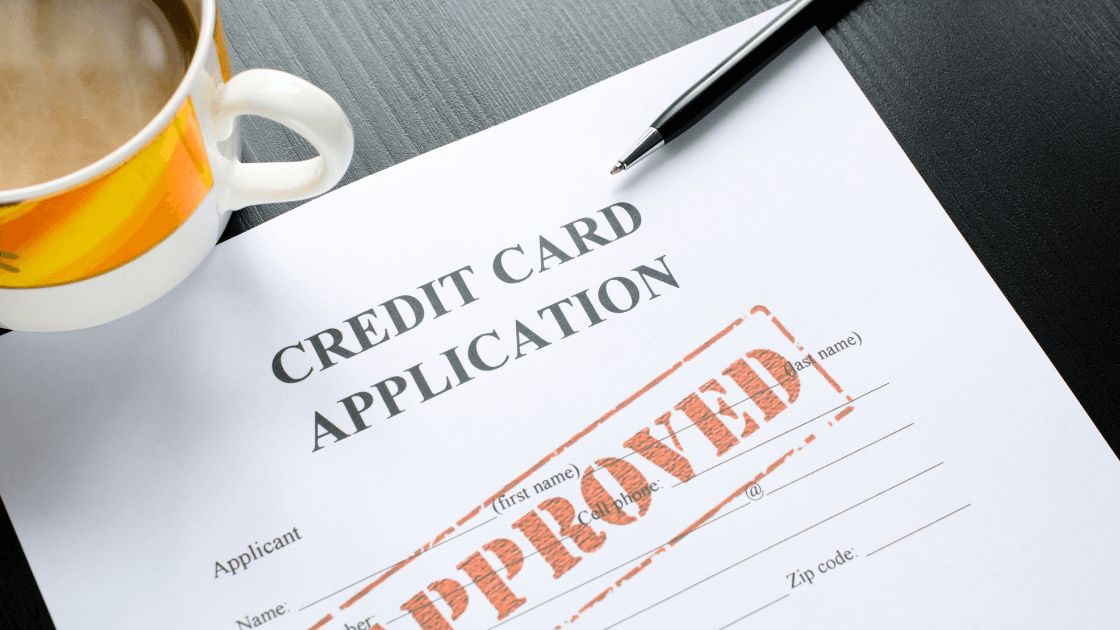
Cards
•05 min read

Ever wondered why your credit score seems to swing, even though you make all your payments on time? The secret often lies in how you use your credit card. Understanding credit utilization can unlock better financial opportunities by showing lenders that you manage your credit well. In this post, we will explore the basics of credit utilization and offer practical tips to keep it in check. You will learn how to calculate your credit utilization and discover strategies for managing it effectively.
Credit utilization is the percentage of your available credit that you are using. This simple measure is calculated by dividing your outstanding balance by your total credit limit, then multiplying by 100. A lower credit utilization demonstrates responsible credit management and is a key factor in preserving a strong credit score. The amount of credit you have available represents the maximum spending power on your card. Lenders see this ratio as an indicator of your financial health.
Lenders view a low credit utilization rate as a sign of reliable financial behavior. When you maintain a lower ratio, it tells the lender that you are not overly reliant on credit, which can boost your overall creditworthiness. Even if you pay your balances in full, the figures reported to credit bureaus may still show a higher utilization if you carry a balance at the time of reporting. In essence, lower utilization contributes to a healthier credit score and may factor into decisions regarding loan eligibility and interest rates.
Calculating your credit utilization ratio is straightforward. Use the formula:
Credit Utilization Ratio = (Total Outstanding Balances ÷ Total Credit Limit) × 100
For example, if you have an outstanding balance of ₹30,000 on cards with a total credit limit of ₹1,00,000, your credit utilization ratio comes out to 30%. Keeping the ratio below the recommended threshold is key to maintaining a good score.
While it is important to consider your overall utilization, your credit report may also include per-card utilization ratios. Both metrics are significant. A high utilization on one card may affect your overall score, even if your total utilization seems reasonable. Monitoring both numbers can help you manage your credit more effectively.
Several tools can assist you in keeping an eye on your credit usage. Credit utilization calculators and free credit monitoring services are useful for staying updated on your balances and limits. Regularly tracking your credit helps you manage your spending and maintain below-average utilization.

A common recommendation is to keep your credit utilization below 30%. For those aiming for an excellent credit score, a ratio in the single digits, such as 7–10%, is often considered optimal. Keeping your usage low demonstrates careful management of available credit and reassures lenders of your reliable payment habits.
Many people wonder: Does it really matter if the balance is paid off, because the reported utilization might still be high? The fact is, even if you settle your dues every month, the balance reported to credit bureaus might reflect a high utilization if it is captured before the payment is made. This emphasizes the need to pay off balances before the statement closes, ensuring a lower reported ratio.
What is considered a good credit utilization ratio can vary based on several factors. Your spending habits, financial goals, and the specific credit limit available all play a role. Understanding your unique financial situation is important in determining the ideal ratio for you. Regardless of the numbers, aiming to control this ratio is essential for maintaining a healthy credit profile.
One of the simplest ways to keep utilization low is by making multiple payments during your billing cycle. Instead of waiting until the due date, try paying off parts of your balance as soon as possible. This approach helps keep the balance reported to credit bureaus lower, supporting a more favorable ratio.
Another effective strategy is to request an increase in your credit limit. When approved, a higher limit can lower your utilization ratio even if your spending remains unchanged. However, it is important to request an increase only if you have a record of timely payments and responsible credit use.
Using more than one credit card can help manage overall utilization by spreading out your expenditures. However, it is crucial to manage each card responsibly. By tracking spending on individual cards, you reduce the risk of a high per-card utilization that might otherwise harm your credit score.
Although closing a credit card might seem like a way to control spending, doing so can reduce your total available credit. A lower overall credit limit can inadvertently increase your utilization ratio. Holding on to older cards can also be beneficial since they contribute positively to your credit history.
Using budgeting tools can help you keep track of your expenses and plan your spending better. By monitoring your purchases carefully, you can avoid surpassing the recommended utilization threshold and ensure your credit use remains beneficial.
-ed507771-df04-4fb3-9af5-bae11cb611a6.png&w=3840&q=75)
High credit utilization can have immediate negative effects on your credit score. For example, if a high balance is reported during a billing cycle, your score may temporarily drop. Conversely, sustaining low utilization over time fosters a healthier credit history. This, in turn, improves your eligibility for future loans and can lead to more favorable interest rates.
Some common pitfalls include maxing out your credit cards or closing them when not necessary. These actions can inadvertently raise your utilization ratio and harm your credit profile. Being mindful of your spending and keeping track of your balances helps you avoid these issues.
When applying for a loan or mortgage, maintaining a low credit utilization ratio is especially important. Lenders review this factor closely to gauge your financial discipline. Being proactive in managing your ratio not only boosts your score but also prepares you for future financial requirements.
A ratio below 30% is commonly viewed as positive, while a single-digit percentage is excellent.
Yes, because the balance reported to credit bureaus may still show a higher ratio if it is taken before you make the payment.
Consider making multiple payments during your billing cycle, asking for a higher credit limit, and spacing out your spending across multiple cards.
High utilization can negatively impact your credit score, making it harder to secure loans and favorable interest rates.
Yes, closing a card reduces your total available credit, which may raise your overall utilization ratio.
Credit utilization is a critical factor in maintaining a robust credit score. By understanding how this ratio works and applying practical strategies like paying off balances early, requesting higher limits, and wisely spreading your spending, you can improve your financial health. Regularly monitoring your utilization ensures you stay on track toward your financial goals. With disciplined management, you pave the way for better loan terms and a solid credit profile over time.